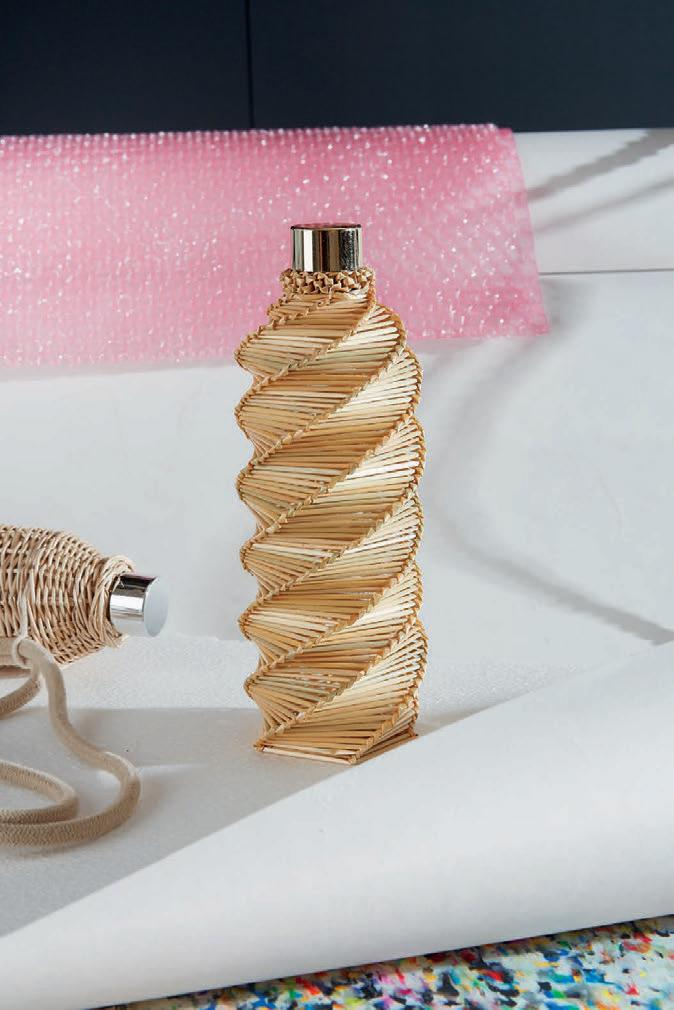
1 minute read
Wicker Vision
Respect Now
Wicker Vision
Advertisement
According to the UN, as early as 2025, two-thirds of the world’s population will live in water-scarce areas, and forecasts show that by 2050 the world’s water requirements will grow by more than 50%.
As consumers, indeed aspiring survivors, we need to change our attitude towards this precious asset. Part of this change involves how we carry our precious water in our daily lives. Buying water in plastic bottles has already earned scathing criticism, but the recent trend of buying reusable water bottles, which should be part of the answer, has its own shortcomings. Currently most of these products have a short life-span, they are thrown away or passed over because they aren’t considered valuable, nor are they repairable.
So how should we carry drinking water, and could the vessels in which it’s kept reflect real respect for this vital element? Perhaps by re-defining so-called luxury fashion we could focus more on fundamental things like water which, with their increasing scarcity, become increasingly valuable?
Wicker Vision is built on the use of local and sustainable wicker materials, such as willow, corn husks and straw. And wicker has a long life span: with the right care willow wicker products can last – best case optimistic scenario – 20 to 30 years. Then it’s into the compost once the life-cycle is completed. The modular design allows it be repaired, and for the recycling or reuse of the bottle – which in the next version will be made of borosilicate glass with a stainless steel top.
Possible further development includes some high-tech innovations, where the lid also serves as an ozone-system purifying water filter. Innovative portable filtering technology solutions are already available as start-up prototypes. And come 2050, personal portable solutions for the self-supply of drinking water from accessible water sources will surely be essential.
51










